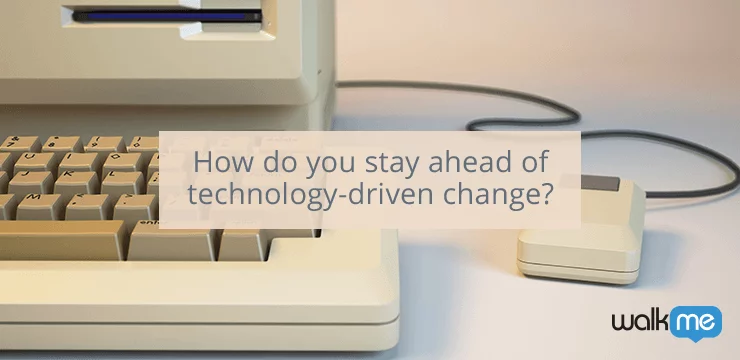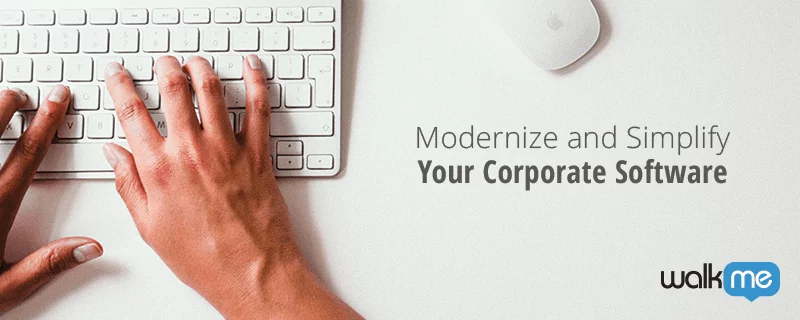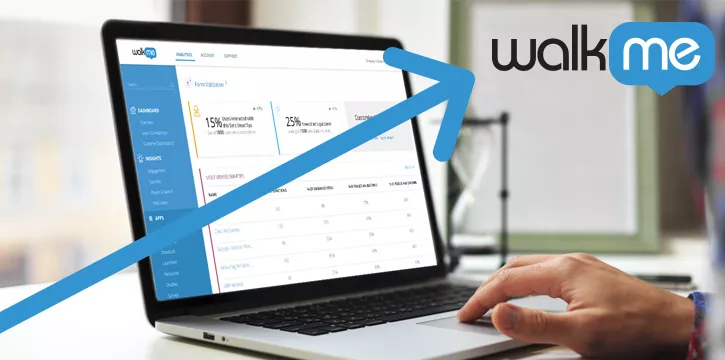As America ushered in the new year of 2016, politicos like us had much to look forward to. It was the start of a presidential election year and for the first time in eight years, two new candidates would grace the top of the tickets in both major political parties.
Change was inevitable and exciting.
The political primaries were hard fought, but somewhere in the middle, a surprising thing happened. Two unique and somewhat historic candidates were ushered in as the final nominees. On one side we had Hillary Clinton, the first woman candidate for president. On the other side we had Donald Trump, a reality television-starring political outsider. And despite their flaws, each one of them found a way to be the last candidate standing.
So what can be learned from all of this? How exactly did two of the most controversial nominees rise to the top of their respective parties in this historic presidential election? And what can the business community learn from their successful campaigns?
This presidential election reflects a larger paradigm shift: Technology is changing things. It’s changing the way we learn, the way we communicate with one another, and the way we achieve—affecting both politics and business the same.

 From Donald Trump’s 3 a.m. Twitter rants, to Hillary Clinton’s social media campaign of the “Love Trumps Hate” slogan, candidates are throwing out the rulebooks and using technology to fill in the gaps that traditional media has left behind.
For better or for worse, this year’s presidential candidates used new media technology to shape the public’s perception of the kind of president they might be—demonstrating how technology can successfully be used by any one individual to break the mold and rise to the top.
From Donald Trump’s 3 a.m. Twitter rants, to Hillary Clinton’s social media campaign of the “Love Trumps Hate” slogan, candidates are throwing out the rulebooks and using technology to fill in the gaps that traditional media has left behind.
For better or for worse, this year’s presidential candidates used new media technology to shape the public’s perception of the kind of president they might be—demonstrating how technology can successfully be used by any one individual to break the mold and rise to the top.
 Although business has been ahead of politics on this one, we can still learn a lesson from the use of technology in the latest U.S. presidential election. Considering this election was both under a microscope and hooked up to a megaphone for the last year and a half, we’ve been able to observe the good and the bad that accompanies this shifting paradigm.
With the rulebook thrown out—and this is especially true for those who are equipped with innovative tools—we can achieve things that were hardly considered possible before. Until the final hour, political pundits argued that it would be nearly impossible for our next president to make it through the primaries, let alone actually win the election.
So whether Donald Trump’s win was welcome news or not—we can still go forward knowing that this election showed us that the sky is the limit.
Although business has been ahead of politics on this one, we can still learn a lesson from the use of technology in the latest U.S. presidential election. Considering this election was both under a microscope and hooked up to a megaphone for the last year and a half, we’ve been able to observe the good and the bad that accompanies this shifting paradigm.
With the rulebook thrown out—and this is especially true for those who are equipped with innovative tools—we can achieve things that were hardly considered possible before. Until the final hour, political pundits argued that it would be nearly impossible for our next president to make it through the primaries, let alone actually win the election.
So whether Donald Trump’s win was welcome news or not—we can still go forward knowing that this election showed us that the sky is the limit.

Technology Altered the Paradigm During the Presidential Election
In today’s tech-centered world, ideas travel at lightning speed. And for the wonderful world of politics, this makes way for the birth of new collaborations and innovative public policies. But more importantly, it allows for the political candidates themselves to establish a dialogue with the public without the middleman of the traditional news media. Today, the candidates in a presidential election are free to do something they haven’t been able to do before: Provide a public persona that is controlled by a party of one—the candidate themselves. While Hillary Clinton lost the election, an even bigger loser this election year may have been the American news media. Struggling to adapt to the changing forms of communications technology, the media continued to hide most of its newsworthy and informative articles on the candidates behind paywalls, while fake—and often more salacious—news was free to proliferate the internet and social media sites. No longer an information gatekeeper, traditional news media has failed to find its place in an ever-changing digital-age, and the candidates themselves are taking the reins. From Donald Trump’s 3 a.m. Twitter rants, to Hillary Clinton’s social media campaign of the “Love Trumps Hate” slogan, candidates are throwing out the rulebooks and using technology to fill in the gaps that traditional media has left behind.
For better or for worse, this year’s presidential candidates used new media technology to shape the public’s perception of the kind of president they might be—demonstrating how technology can successfully be used by any one individual to break the mold and rise to the top.
From Donald Trump’s 3 a.m. Twitter rants, to Hillary Clinton’s social media campaign of the “Love Trumps Hate” slogan, candidates are throwing out the rulebooks and using technology to fill in the gaps that traditional media has left behind.
For better or for worse, this year’s presidential candidates used new media technology to shape the public’s perception of the kind of president they might be—demonstrating how technology can successfully be used by any one individual to break the mold and rise to the top.
Technology Changes the Paradigm for How We Do Business
Those of us familiar with the boom of innovation coming from Silicon Valley and the like are privy to see that this paradigm shift in political communication follows a paradigm shift in how we do business. Technology empowers individuals to work more efficiently and as a result more productively. The power of one employee or one entrepreneur has increased alongside our technological capabilities. Automating processes increases our capacity and analytics allows us to improve to our effectiveness. Contextual Guidance is reinventing the way the high-tech industry is approaching many complicated processes; from employee training to successful change management, it enables users to engage with websites and software as if they were being walked through the whole process. There is an abundance of innovative tools to get just about any job done better, faster, and on a larger scale. Companies and individuals who take advantage of these are coming out ahead but those who don’t are sure to be overrun just as the media was in this election. What we saw in the election was that the candidates were taking advantage of communication technologies to out-compete the news media who are notoriously slow at adapting to technology. Although business has been ahead of politics on this one, we can still learn a lesson from the use of technology in the latest U.S. presidential election. Considering this election was both under a microscope and hooked up to a megaphone for the last year and a half, we’ve been able to observe the good and the bad that accompanies this shifting paradigm.
With the rulebook thrown out—and this is especially true for those who are equipped with innovative tools—we can achieve things that were hardly considered possible before. Until the final hour, political pundits argued that it would be nearly impossible for our next president to make it through the primaries, let alone actually win the election.
So whether Donald Trump’s win was welcome news or not—we can still go forward knowing that this election showed us that the sky is the limit.
Although business has been ahead of politics on this one, we can still learn a lesson from the use of technology in the latest U.S. presidential election. Considering this election was both under a microscope and hooked up to a megaphone for the last year and a half, we’ve been able to observe the good and the bad that accompanies this shifting paradigm.
With the rulebook thrown out—and this is especially true for those who are equipped with innovative tools—we can achieve things that were hardly considered possible before. Until the final hour, political pundits argued that it would be nearly impossible for our next president to make it through the primaries, let alone actually win the election.
So whether Donald Trump’s win was welcome news or not—we can still go forward knowing that this election showed us that the sky is the limit.

